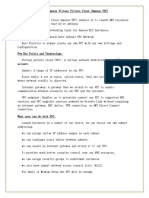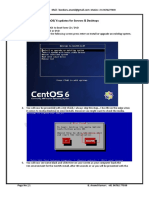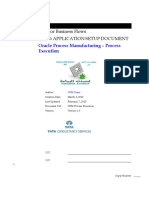0% found this document useful (0 votes)
43 views23 pagesIntro To Git, GitHub and Exercise
Module 01 covers the fundamentals of Full Stack Web Development with a focus on Git and GitHub. It explains what Git is, its importance in version control, and how to configure it, along with a list of essential Git commands. The module also includes practical exercises for applying the concepts learned.
Uploaded by
wahyu prabowoCopyright
© © All Rights Reserved
We take content rights seriously. If you suspect this is your content, claim it here.
Available Formats
Download as PPTX, PDF, TXT or read online on Scribd
0% found this document useful (0 votes)
43 views23 pagesIntro To Git, GitHub and Exercise
Module 01 covers the fundamentals of Full Stack Web Development with a focus on Git and GitHub. It explains what Git is, its importance in version control, and how to configure it, along with a list of essential Git commands. The module also includes practical exercises for applying the concepts learned.
Uploaded by
wahyu prabowoCopyright
© © All Rights Reserved
We take content rights seriously. If you suspect this is your content, claim it here.
Available Formats
Download as PPTX, PDF, TXT or read online on Scribd
/ 23

























































































